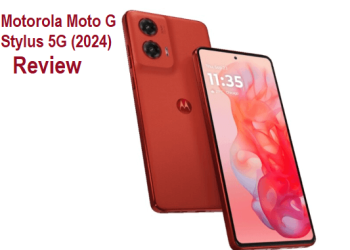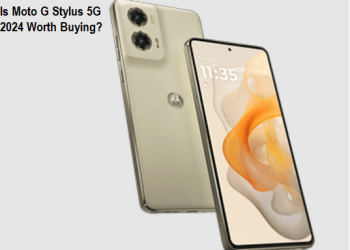The Moto G71 5G is the newest mid-ranger on Motorola’s stables. This handset does little to set itself apart and wobbles in crucial aspects like the display and camera. That said, it scores well for a near-out-of-stock Android experience and good battery life, and if that’s important to you, it might work.
Is the Moto G71 5G worth buying in 2024?
The Moto G71 5G is a capable model at this price point and a must-see for your next purchase. It has a capable processor, good battery life, fast charging, and a decent camera.
Motorola Moto G71 specifications
Display 6.4 inches with 1080×2,400 pixels
Available in Arctic Blue and Neptune Green colors
Rear Camera 50MP + 8MP + 2MP
Front Camera 16MP
Qualcomm Snapdragon Processor 695
Battery 5000mAh with 33W fast charging
Operating System Android 11
Moto G71 Expert Review 2024
Motorola Moto G71 build quality and Design: The Moto G71 5G does not deviate much from the company’s G-series design spirit. The smartphone has an oval camera module on the back that houses the phone’s camera sensor. The camera module uniquely identifies the revamped Moto G series and adds personality to the phone’s existing design.
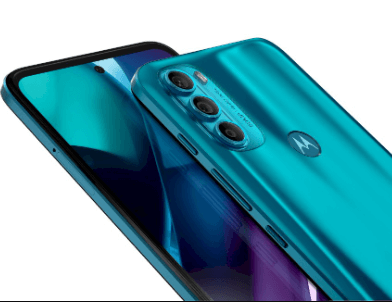
That’s not all; the phone is available in three stylish colors: Iron Black, Neptune Green, and Arctic Blue. All colors have excellent stain resistance and a matte finish. Still, the phone feels pretty sturdy, and the build quality isn’tharmfuld or cheap. You can also use the G71 5G comfortably with one hand. One is that the device is tiny and has a relatively narrow frame.
Additionally, the back of the phone is subtly curved into the frame, improving its grip on the user’s hand. Whatever it is, I’d love to see a back-mounted capacitive fingerprint sensor built into the power button or placed under the display. This made it necessary to constantly re-adjust the grip to unlock the phone.
Thankfully, the device also supports facial recognition, which works well during the day. But at night, you need to use the phone’s fingerprint sensor. Regarding I/O, the Moto G71 5G has a power button on the right spine, a volume rocker, and dedicated Google Assistant shortcuts.
The toggle is pleasingly tactile, and the power button has a unique texture, so users don’t confuse one input. As for audio, the unit is equipped with floor-firing mono speakers that are loud enough for playing games or watching movies.
At the bottom is a USB Type-C port, a 3.5mm headphone jack, a primary microphone, and a loudspeaker grill. At the top, there is only a secondary noise-canceling microphone.
The back of the Moto G71 is IP52-rated and waterproof. The back has a matte finish and a gradient pattern as the blue color changes tint when lightning strikes and is limited to this Arctic Blue color.
It has a punch-hole display on the front and lacks Gorilla Glass protection; instead, Motorola uses Panda Glass to protect it.
Overall, the build and design of the Motorola Moto G71 feel a bit inferior because it misses the glass build.
Moto G71 Display: The Moto G71 features a smaller 6.4-inch Full HD+ (1080×2400 pixels) AMOLED display, so you get deep blues and blacks with sound color reproduction and viewing angles. The downside, however, is that this is a massive disappointment since this is a standard 60Hz display and the high refresh rate most smartphones have this feature for.
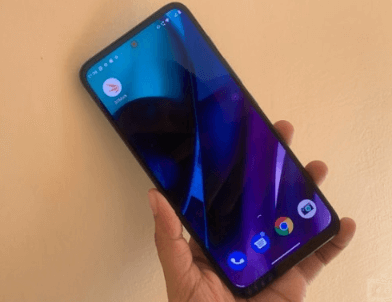
In terms of display brightness, the Moto G71 can achieve a good 700 nits peak brightness, and there are also two modes for calibrating the display. In Natural and Saturated, the display optimizes colors based on content, and Saturated provides more vivid colors.
The display is decent for media consumption, but the high refresh rate and lack of HDR support are disappointing.
Motorola Moto G71 Camera: Moving on, the smartphone will feature a triple camera setup consisting of a 50MP Samsung sensor working with an 8MP ultra-wide shooter and a 2MP macro snapper on the back. For selfies, the phone has a 16MP front camera.
The post-processing on the handset does a great job of rendering the detail in the shadows. That said, the photos were sometimes slightly overexposed. Also, cropping closer will show a lot of noise in the shot.
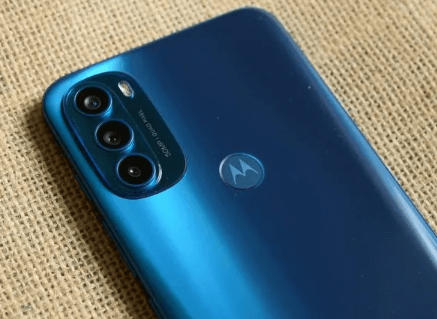
On the other hand, wide-angle images lack a lot. For one, the picture will appear grainy, even with enough lighting. Worse, the photo looks blurry when cropped close up and lacks definition around the edges of the frame.
The phone, on the other hand, takes high-quality close-ups with natural colors. You can get very close to your subject by switching to your phone’s macro sensor, but you’ll want more sharpness in your photos. For selfies, the device is a beautiful self-portrait with passable clicks.
Likewise, low-light shots look great, and the phone’s night mode allows us to detect more detail in the scene. In other words, if you do that, your smartphone will also put a lot of noise in the frame, so some wins and some lose here.
Moto G71 Performance: The Moto G71 5G is the first mobile phone in Korea equipped with Qualcomm’s Snapdragon 695 processor. The SoC works with 6GB of LPPDR4x memory and 128GB of uMCP storage. So, how does the phone work?
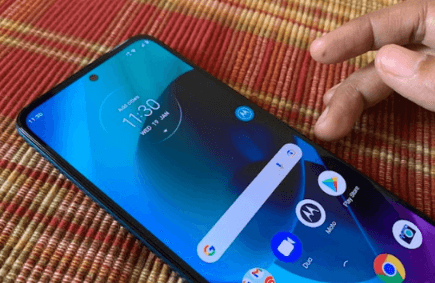
The Moto G71 5G is a handset that the performance department can use independently. The SoC offers very stable performance, and despite stress testing the phone for an hour, the processor was limited to 91% of its peak performance. The SoC’s Kryo 660 CPU works excellently, but the chipset’s Adreno 619 GPU falls short.
Examples include BGMI, which maximizes HD graphics, and high FPS presets. To make matters worse, even with the graphics set to the ‘smooth’ preset, the smartphone cannot run the game at 60fps. While running the COD mobile game on the Moto G71, the scenery remains unchanged, and the game is maximized at the High Graphics and Max FPS or Very High Graphic and Very High FPS presets, respectively.
That doesn’t mean gamers will perform better by upgrading to a 7-series processor. The Snapdragon 695 SoC offers performance similar to Qualcomm’s Snapdragon 750G chipset. Opting for a Snapdragon 765G chipset or higher pays dividends, especially in the gaming department.
However, the Moto G71 5G is more than capable of handling everyday tasks, but this device is not aimed at hardcore gamers.
Motorola Moto G71 Operating System: Moto has long brought an essential Android experience to their devices, and the G71 5G is no exception. In other words, the smartphone comes with little or no bloatware and boots the company’s My UX interface.
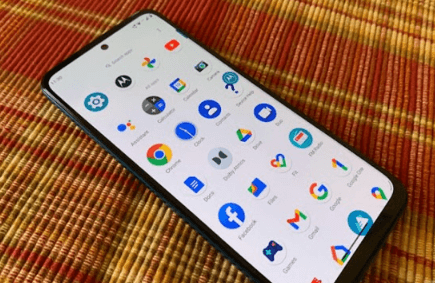
Unfortunately, the device still boots Android 11 by default. Seeing Moto expect to be at the forefront of quick software up is disappointing.
Also, although the interface doesn’t do much for the device, it doesn’t offer much customization either. Thankfully, the device supports necessities, including a built-in call recorder and a dedicated dark mode.
Moto G71 Audio Quality: The Moto G71 sports a single speaker on the bottom, as most competitors offer dual stereo speaker setups. The sound is reasonably loud and clear compared to other single speakers but lacking compared to dual stereo speakers. However, there is a 3.5mm headphone jack, and the presence of Dolby Atmos provides even better sound.
Motorola Moto G71 Battery: Motorola is well known for making phones with healthy and powerful batteries, but that’s not what you’d expect from the Moto G71 5g. The performance is fantastic.
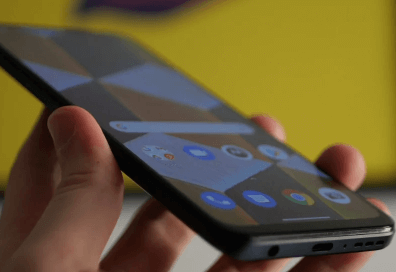
The battery lasts up to 12 hours of data usage. Still, gaming performance is especially good for gamers who have waited around 7 hours playing PUBG, San Andreas, or other popular games.
The 5000mAh battery is a long-lasting, powerful battery, and the fast-charge specification can fully charge your phone from 0% charge in less than an hour and 20 minutes.
It also supports 33W fast charging, and Motorola provided a 33Wrapidt charger inside the box as if it is a good upgrade over the 18Wrapidt charger found in other Motorola smartphones. Overall, the battery life and charging of the Motorola Moto G71 are impressive.
Motorola Moto G71 Release Date
Gsmarena said the Moto G71 was released on January 19, 2022. The Motorola Moto G71 5g is available in beautiful colors like Iron Black, Neptune Green, and Arctic Blue.
Motorola Moto G71 5G price
Motorola Moto G71 5g pricing in the US starts at $529, In the UK £404, in France €489, and in India RS 40,000.
Ending words of Motorola Moto G71 Review 2024
As a whole package, the Moto G71 is a well-rounded smartphone with bothexcellentd and disappointing things. First, you get an excellent AMOLED display for media consumption; the Snapdragon 695 chipset provides good everyday performance, 5G support is good with 13 5G bands, and the battery life is perfect even with faster charging.

However, there are areas where Motorola has made some compromises in aggressive pricing. It has an AMOLED display, but you don’t get 90Hz or 120Hz high refresh rates; software updates should be better with at least two OS updates, only a single speaker instead of stereo speakers, and the camera is good, but compared to other smartphones, they feel average.
The most significantt buying factor for the Moto G71 will be the Stock Android experience,e which means there are no ads or bloatware compared to other smartphones. So, for anyone looking for a 5G smartphone with a good display and a Stock Android experience, the Moto G71 is well worth the trade-off.
FAQ
Is the Moto G71 good for gaming?
The Moto G71 phone can also play games, and the Snapdragon 695 can adequately run games like PUBG or Free Fire with high graphics and maximum frame rates. That said, a 60Hz refresh rate display has a slow response time, ruining the experience.
Does the Moto G 71 have Gorilla Glass?
The Motorola Moto G71 5G spec shows a 6.4-inch AMOLED with a 1080 x 2400 pixels resolution. So the resolution gives you a great view. G71 used premium Gorilla Glass to ensure the safety of the display.
Does the Moto G71 have a compass sensor?
Unfortunately, the Moto G71 does not have a compass (magnetic sensor).
Does the Moto G71 support carrier aggregation?
The Moto g71 is the only 5G smartphone with up to 13 5G bands in the sub $530 segment. And with 3 Carrier Aggregation, 4X4 MIMO, and NFC, you get best-in-class connectivity and ultra-fast data speeds, even on 4G networks.

